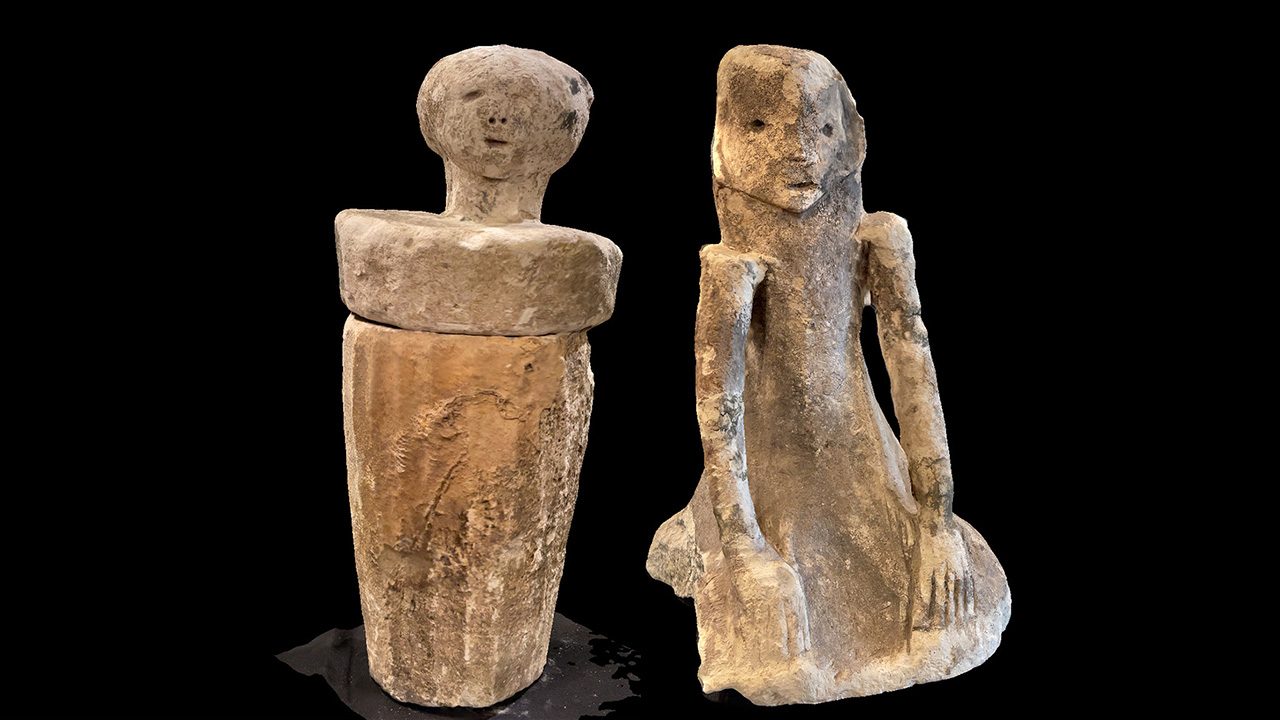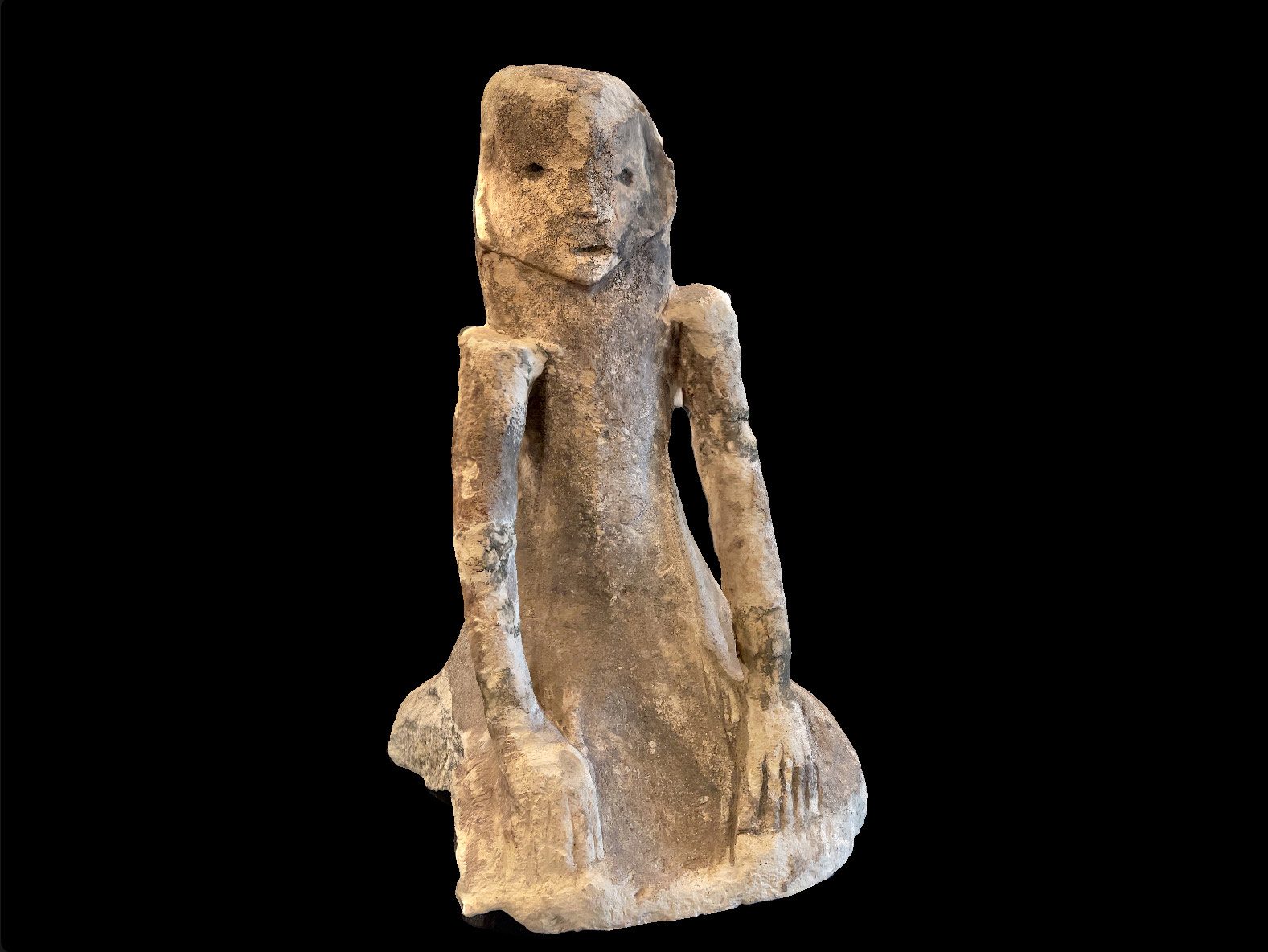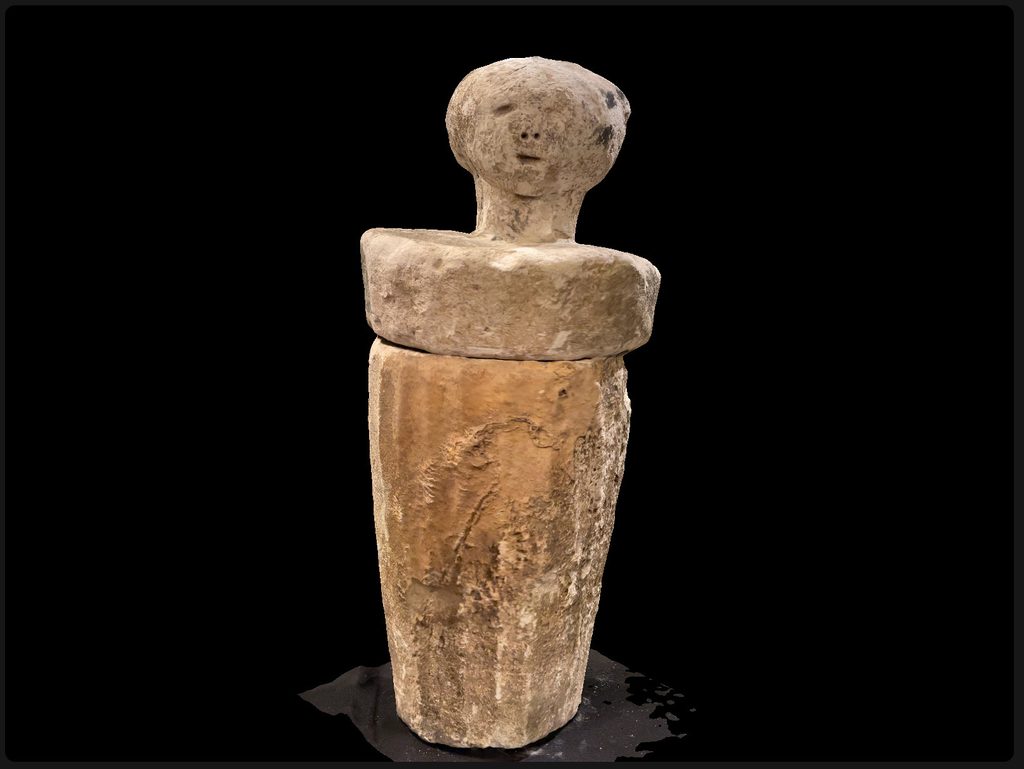SUMMARY
This is AI generated summarization, which may have errors. For context, always refer to the full article.

The narrative of a single jar, bought from an antique shop in 1977, bound Sally von dem Hagen to the legacy of the Manobo. To her, these jars were not mere vessels; they were sacred archives of an age long past, for which she became a devoted custodian. Her collection, soon numbering over 60, transformed into a sanctuary of history spanning centuries.
Sally von dem Hagen’s affinity for the Philippines transcended personal journey, heralding a collective awareness to the importance of heritage and cultural repatriation. As her collection of Cotabato limestone urns prepares for return to Philippine soil after nearly four decades in California, the unfolding narrative celebrates the power of collaboration across borders and generations. Sally’s children, Peter, Stephanie, and Antoinette von dem Hagen, have initiated the repatriation of their mother’s collection, hoping to highlight Sally’s contributions to Philippine heritage conservation.
When Sally departed the Philippines, her collection also crossed the Pacific, its once-local whispers reverberating through the silence of a San Francisco storage. Her personal story precedes a broader conversation on cultural heritage repatriation, underscoring the ethics of cultural possession and heeding history’s often-muted pleas.
The ethics of collecting archaeological and cultural resources is a subject of profound importance and sensitivity. At its core, this practice must balance the preservation of history and respect for the cultural significance of such items against the scholarly value and public interest in them. The acquisition of these items often treads a fine line between conservation and exploitation. Ethical collecting requires adherence to legal frameworks that protect cultural heritage and obtaining informed consent from the communities to whom the heritage belongs. It calls for transparency in the provenance of items and an acknowledgment of the potential harm that can come from removing artifacts from their original context. Collecting should not be merely for private satisfaction or commercial gain but should aim to enhance understanding, ensure preservation, and respect the cultural narratives and sovereignty of Indigenous and local populations. To this end, repatriation of items to their countries or communities of origin has become a critical aspect of contemporary ethical standards, recognizing that cultural resources are not just artifacts of the past but living embodiments of a people’s heritage and identity.
As such, the preservation of cultural heritage today demands a new path, one that honors the past’s importance while enriching source communities. The ancient Cotabato limestone urns, now silent, were under the stewardship of the Manobo. Insufficient research has been conducted to definitively link the current Manobo groups to the people who carved and used these urns. However, the caves where these urns were deposited are located within the Manobo ancestral domains. Their return marks progress toward a shared history.


The Cotabato limestone urns
The limestone burial urns from Cotabato were likely carved between 2,800 and 1,000 years ago, serving as a traditional form of interment in various terrains including coastal areas, caves, and hills. Unlike the more common earthenware jar burials found across the Philippines, these unique limestone urns are predominantly discovered in Cotabato. They were used for secondary burials, meaning they were not the initial resting place for the deceased but were used for reburial. Over time, natural disasters and human interference have caused some damage and displacement to the urns and their matching covers.
These urns, which vary in shape from squared to rounded and are adorned with geometric patterns, were originally equipped with lids featuring human-like figures. The covers, often intricately carved with distinct facial features and expressions, are believed to represent the identities of the deceased. Many of these urns, discovered in the 1970s with human remains inside, reflect a deep connection to the individuals they were intended for. Archaeological research in Maguindanao and Cotabato, started in the 1960s, revealing numerous such anthropomorphic vessels, often accompanied by smaller jars containing personal items like bracelets and iron plates.
Bridging the past and present
These artifacts offer not just a spectacle but a learning moment. They are bridges to cultures and histories, transforming the urns’ journey from private collection to public exhibit into a narrative of reconnection and a reminder of our custodial duty to a shared human story.
The heritage education programs emerging from this dialogue are critical, connecting the Filipino diaspora to their roots. The exhibition of the Cotabato Burial Urns at the Filipino-American Services Group, Inc’s (FASGI) office transcends antiquities display, acting as a channel for cultural transmission and heritage pride among Filipinos far from their ancestral lands. We thank FASGI and its board of directors, led by Celina Duffy, for working with us on this endeavor.
Through the efforts of Yey Coronel and Ethel Rubio, and with the support of the Philippine Consulate General in Los Angeles, represented by Consul General Edgar Badajos and Vice Consul Alnee Gamble, the exhibition becomes a cultural cornerstone for engagement and learning. The exhibit was developed by UCLA Undergraduate students taking a Fiat Lux seminar on community engaged research, with supervision by Maddie Yakal, Earl John Hernandez, and Aidan Choi.
This collaboration has spawned heritage education programs fostering dialogue and a deeper understanding of Filipino history, showcasing the diaspora’s dedication to preserving cultural heritage.
As the FASGI exhibit concludes, we anticipate the Von Dem Hagen Collection’s return to the Philippines — a restoration of ties long-stretched across the Pacific. This homecoming symbolizes the triumph of cultural diplomacy and the enduring connection among Filipinos globally.
The artifacts’ imminent repatriation to the National Museum of the Philippines is a pivotal moment, signifying more than a transfer — it represents the return of dignity to Filipino heritage. The museum’s role, and ours, is unequivocal: to support repatriation, acknowledge our history, and preserve it. The National Museum of the Philippines stands not only as a heritage guardian but as a custodian of our collective identity. The Archaeology Division of the National Museum of the Philippines, tasked with conducting research on our nation’s deep past, will undertake an in-depth study of these artifacts to enrich the narrative of our history. We extend our gratitude to NMP Director General Jeremy Barns for his leadership in safeguarding these treasures as symbols of our national heritage.
We call on the Philippine government and international partners to ensure that cultural resources (archaeological and ethnological) that have been taken out of the country are returned to their source communities. Each reclaimed piece is a fragment of our history, a dot connected in the vast picture of our national identity.
In addition, we must persist in engaging with the diaspora, championing educational programs and exhibitions that inform and inspire. The FASGI-led initiative is an example, strengthening the links of the immigrant youth to the homeland. These initiatives, from community archaeology to the noble act of repatriation, are not just about looking at old stuff. They are about ensuring our youth do not have to Google “Filipino culture” to understand who they are.
With the Von Dem Hagen Collection’s return, it carries a nation’s hopes and aspirations, symbolizing the Philippines’ cultural richness — a treasure trove returning home, poised to educate and inspire future generations about Filipino heritage’s depth and diversity.
Let us unite globally to celebrate our past as a vibrant, living narrative. This is not just an appeal but a call to action for all Filipinos and the international community to contribute to bringing our history home. – Rappler.com
Stephen Acabado is professor of anthropology at the University of California-Los Angeles. He directs the Ifugao and Bicol Archaeological Projects, research programs that engage community stakeholders. He grew up in Tinambac, Camarines Sur. Follow him on IG @s.b.acabado.
Add a comment
How does this make you feel?





There are no comments yet. Add your comment to start the conversation.